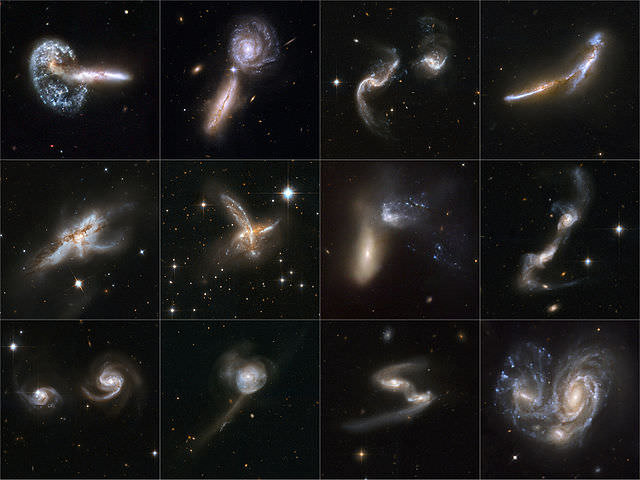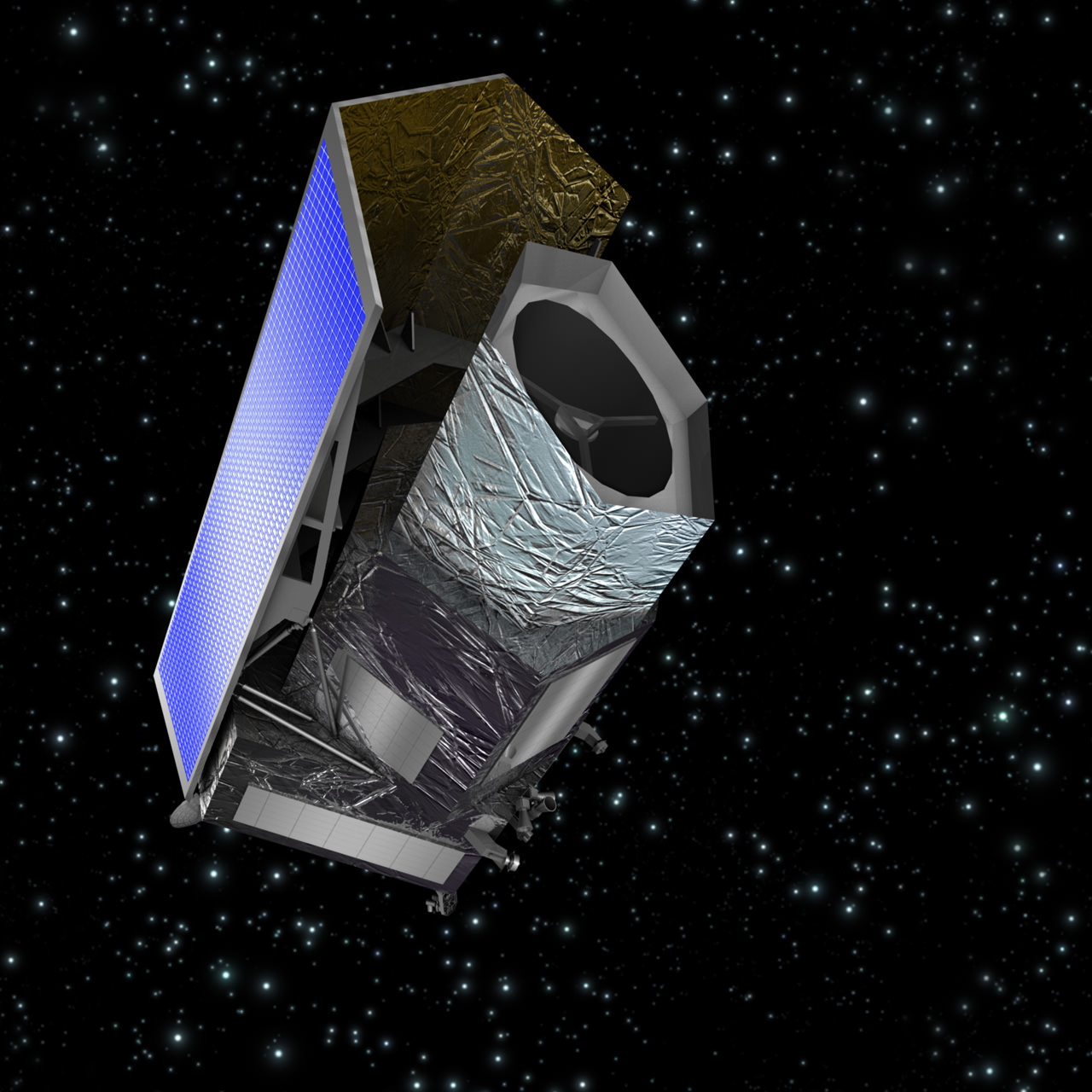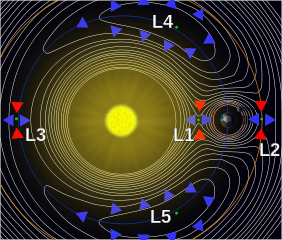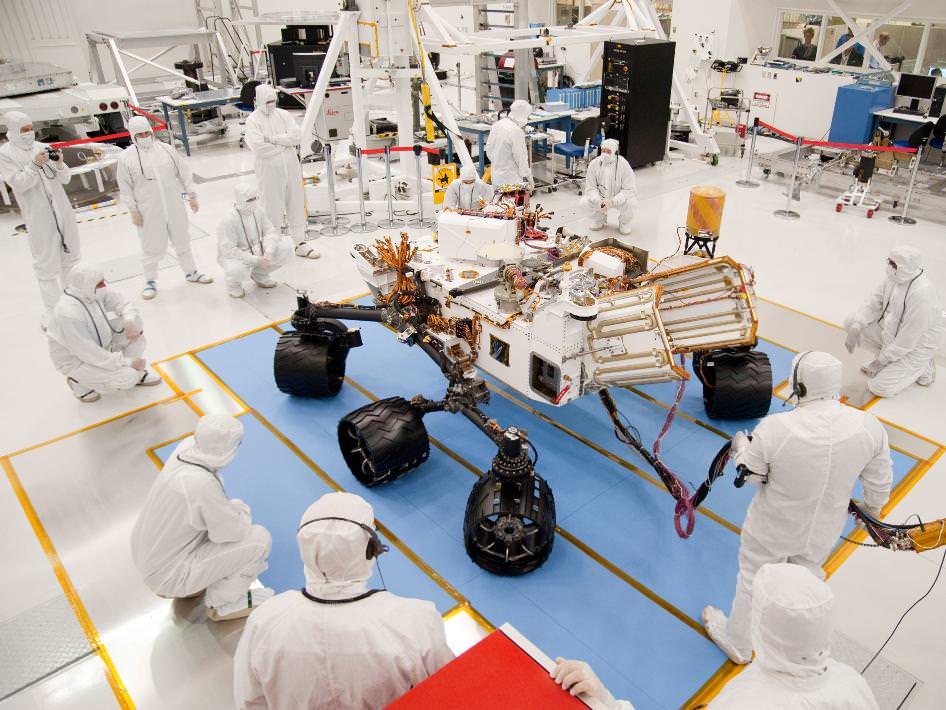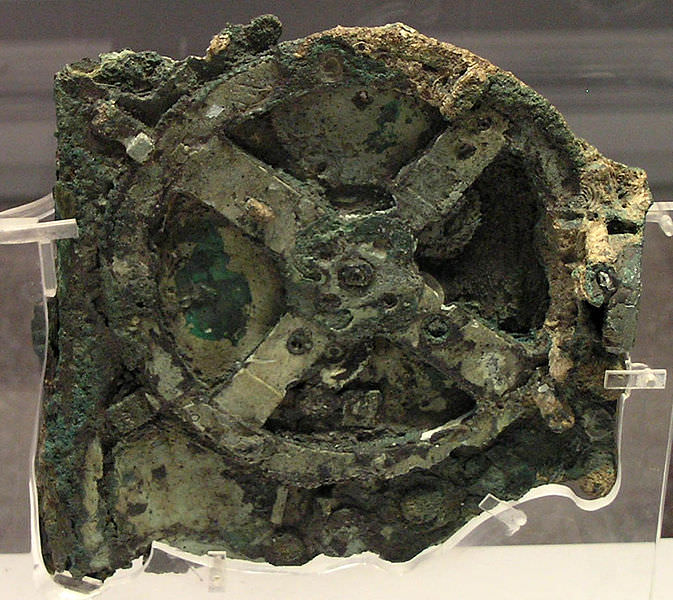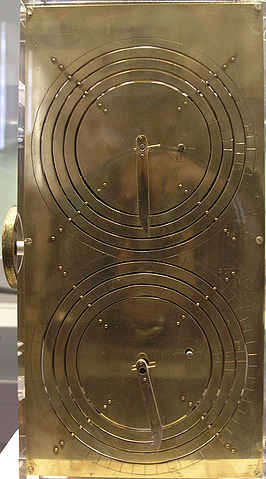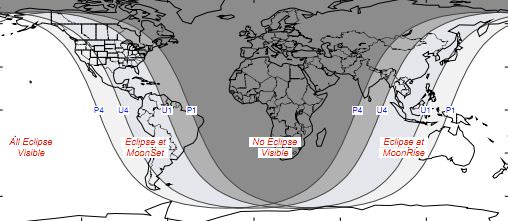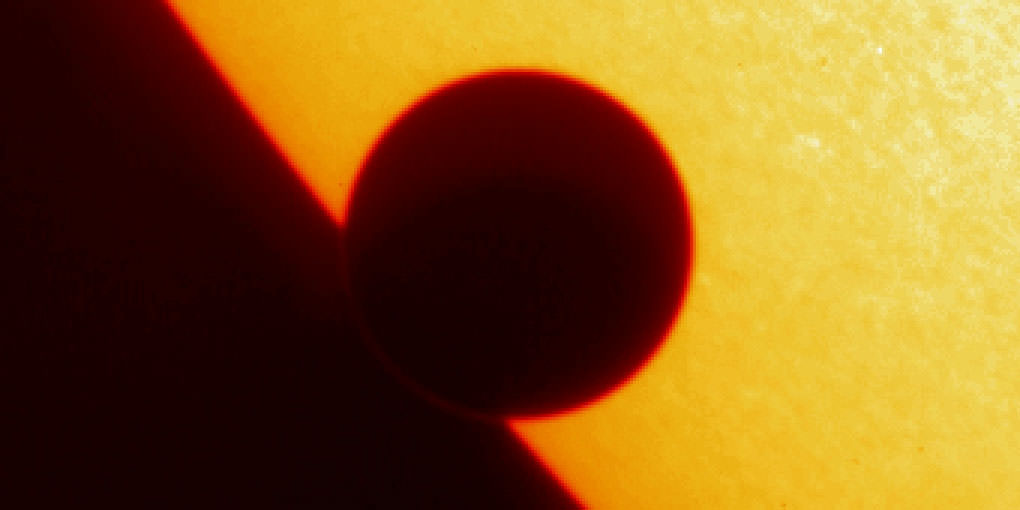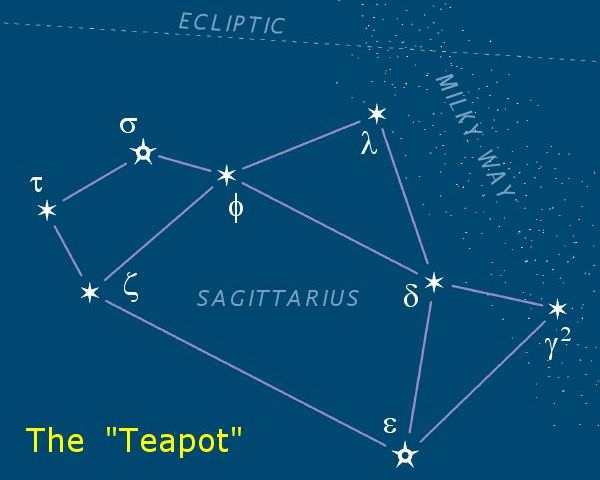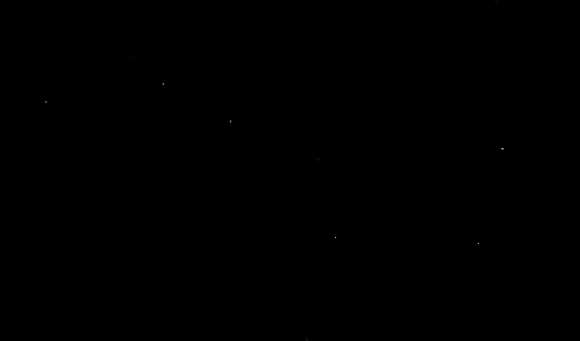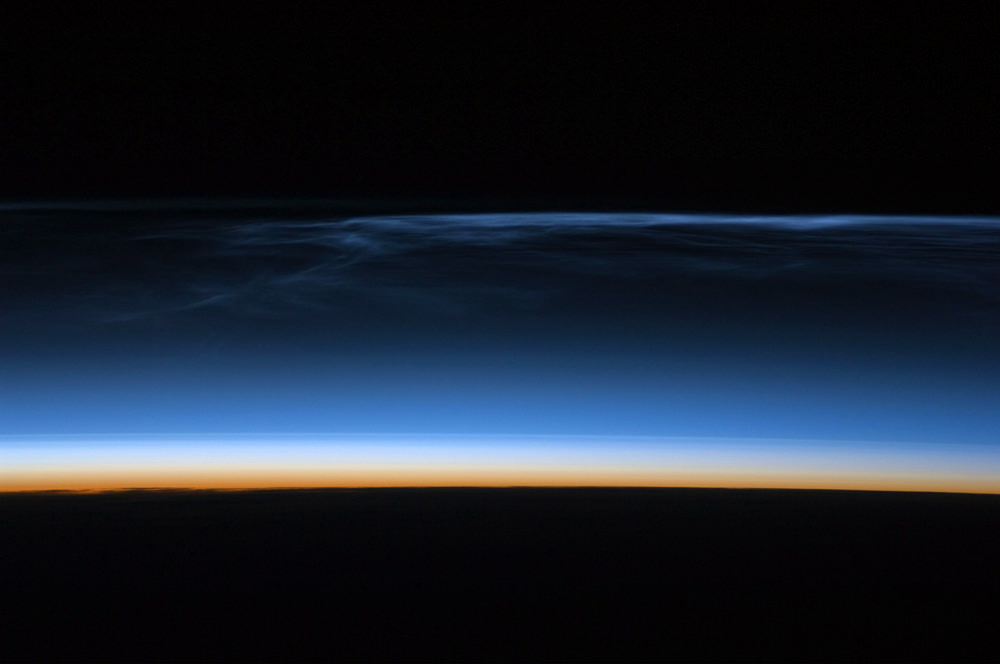Galaxy Zoo was a project set up in July 2007 by astronomers Chris Lintott and Kevin Schawinski asking members of the public to help classify a million galaxy images produced by the Sloan Digital Sky Survey. Five years on and Galaxy Zoo has grown into an entire Zooniverse of projects allowing members to contribute to real science across a range of disciplines. Join us to celebrate the giant of citizen science, mark its achievements and look forward to the future.
Modern science can produce huge amounts of data and making sense of it all can take years and often needs a human eye to pick out the fine details. The Zooniverse unleashes an army of willing volunteers to pore over images and data sets. Galaxy Zoo members have now classified over 250 million galaxies. At the time of writing there are currently 656,773 people taking part in Zooniverse projects across the globe. Galaxy Zoo participants alone have contributed to more than 30 published scientific papers. One of the Zooniverse’s great strengths is the ability to throw up some unexpected discoveries like the now famous Hanny’s Voorwerp, named after Dutch school teacher Hanny van Arkel, the Galaxy Zoo volunteer who spotted it. Such a serendipitous discovery is possible when data is exposed to large numbers of users who are encouraged to flag up anything they think looks out of the ordinary.
To mark Galaxy Zoo’s 5th birthday there will be a relaunch of the project which will compare images using a new dataset from Hubble’s CANDELS survey of distant, early galaxies to what we see today.
The range of projects now available to members is extensive. Users of the Solar Stormwatch project analyse interactive diagrams produced by NASA’s Solar Terrestrial Relations Observatory (STEREO). Planet Hunters use data from Kepler to search for transiting exoplanets. The Milky Way Project users have access to image data from the Spitzer Space Telescope to identify infrared bubbles in the interstellar medium to help us understand how stars form. SETI Live searches for interesting signals coming from the Kepler Field. Moon Zoo participants use data from NASA’s Lunar Reconnaissance Orbiter (LRO) to catalogue features on the Moon down to the size of a wastepaper basket.
Away from space there are also projects involved in climate, nature and humanities. Old Weather is a project that models Earth’s climate using wartime shipping logs and Whale FM members listen to, and catagorize, the songs of Orcas to help understand what the whales are saying, while Ancient Lives gives participants the chance to decipher and study the Oxyrhynchus collection of papyri. The NEEMO project analyzes images of marine life and features taken from the underwater base at the National Marine Sanctuary in Key Largo, Florida. What’s the Score asks people to help describe over four thousand digitised musical scores made available by the Bodleian Libraries. With a global posse of citizen scientists eager to study real data at their disposal, the range of projects will likely grow over the coming years. So happy 5th Birthday Zooniverse and here’s to many more!
To find out more and how you can get involved visit the Zooniverse website
Lead image caption: Galaxies gone wild. Source NASA, ESA, the Hubble Heritage (STScI/AURA) ESA/Hubble Collaboration, and A. Evans (University of Virginia, Charlottesville/NRAO/Stony Brook University)

